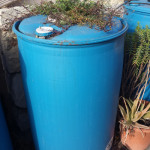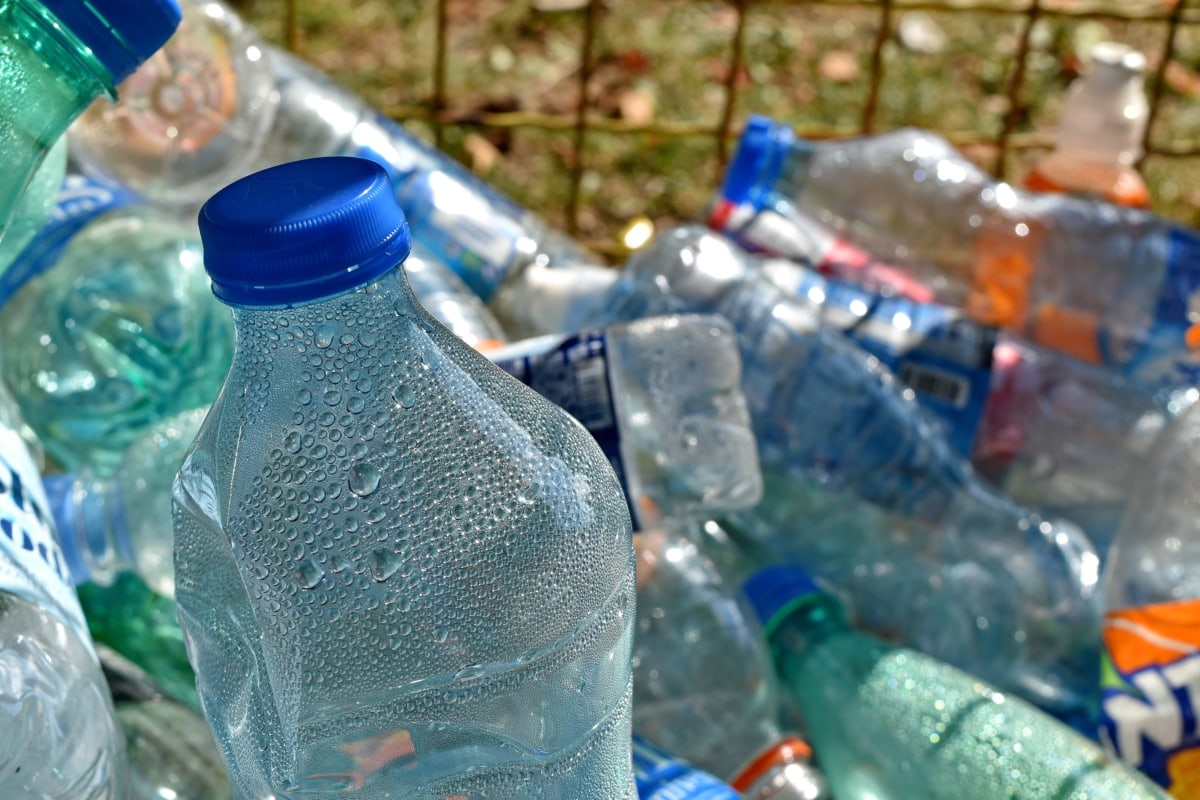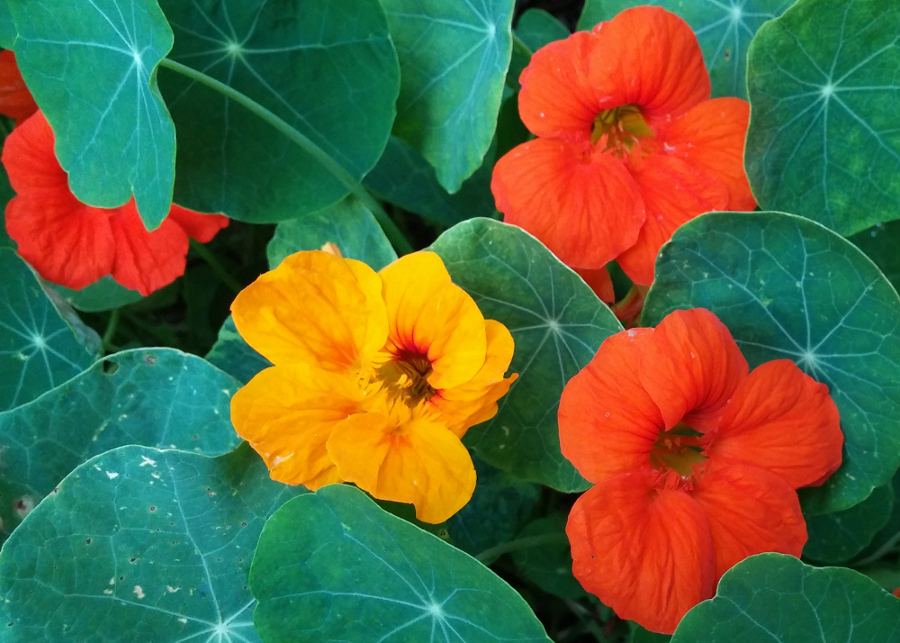Seedling Care
Where do you get the best vegetable starts? I hear that question often. The ultimate is to start your own babies from seeds.
When you start from seeds, you gain access to the huge selection of scrumptious heirloom vegetables (drool over this). Exotic colored tomatoes, gorgeous leafy greens, herbs you’ll never find in the garden supply store. As you go to plant those luscious seeds, here are some things to consider …
Am I working with a cool season crop or a warm season crop? … here’s What to plant when in Southern California (or climates like ours).
Is my seed fresh? Old seed might not sprout, or the plants that result might be weak. Seeds are alive, which means they have lifespans — differing lifespans. The beans you bought a few years ago might still be okay, but that lettuce and onion seed not so much. If you have older seed, every seed envelope sold has a date on it someplace. Look up the seed’s expiration on a Seed viability table
Where do I get the best seeds? I start with catalogues from companies that have taken the Safe Seed Pledge to preserve our seed heritage and say NO! to GMOs. Your buying dollars are a vote: vote for a safe future. How do you find signers of the Safe Seed Pledge? Plenty come up on Google when you search for “safe seed pledge”, or you can search the website of the company you’re thinking about buying from: if they’ve signed it, they’ll tell you about it, it’s that important. (What about those seeds at big box stores? No way are those companies interested in participating in a sustainable future.)
But those tomatoes at the big box center are HUGE already, and you want me to start seeds? Think about what those tomato plants at that store have been living on … yup, I didn’t think you wanted that yucky stuff in your garden environment. If you plant your seeds at the right time for our area, your seeded vegetables will do fine and will live out a healthy, productive life. Download my “Success with Seedlings” (pdf)
How many seeds do I plant? In general, one seed per hole (or per unit in your plug tray). Although when it comes to really fine seed like carrots or chamomile or feverfew, I plant a light scattering over top of the soil. If you are planting directly into the garden — for instance peas, beans, or squash — plant your seeds at the spacing that the mature plants will need. What is ideal plant spacing? Look it up on the VegGardens365 free app
But isn’t that kind of far apart, making my garden look naked? You can fix that. Underplanting is the term for planting smaller, quicker-to-mature crops beneath a developing larger plant. For example, squash: it will take a long time for that zucchini plant to get big enough to shade the garden soil, and you don’t want to crowd too many zucchinis together (so the growing seedlings are spaced fairly far apart). You can grow a quickie crop of bush beans or lettuces in-between. The beans or lettuces will sprout, grow, and mature before the zucchini really gets going.
How deep should I plant a seed? You don’t want to plunge it so deep into the soil that the roots come out in the oceans off Madagascar. My general (and I mean g-e-n-e-r-a-l) rule of thumb is to plant the seed as deep as the seed is big. For instance a huge fava bean goes far deeper into the soil than a tiny lettuce seed. That said, each type of veggie has its growing preferences, so do your homework (or look it up on the VegGardens365 free app)
What is the biggest issue with planting seeds in SoCal? Water and dryness. You know those blasting-hot, dry weeks we can get in the middle of winter? They can fry your seedlings, or at a minimum dry out the soil in your plug trays. So when you have seedling babies out to sprout, remember: they are babies. They need TLC. (don’t worry, it’s fun!) Check your seedlings every day. They’ll probably need water daily. Talk to them. Some people even brush their hand over the top of their tomato babies, which supposedly strengthens them. And while you’re at it, check a really local weather report. If it’s going to be hot, move your container babies to the shade. For your in-ground babies, manufacture a bit of shade.
What about snails and slugs? These can be a problem in a garden, but a really serious problem when you’re sprouting seedlings. Here are my favorite tricks on what to do about snails and slugs (pdf). Meanwhile here’s my take on organic pest control.
Other resources: Charles Dowding on Instagram or YouTube; another good one is TonyGrowsFood on YouTube – he grows in Arizona; seed germination temperatures; root-guard baskets you can invert and use above-ground to protect seedlings from rats. April 2020 Garden class at Emerson.
And, as you plan your garden — winter or summer — don’t forget to plant plenty of legumes. In SoCal cool season, that’s peas and fava beans. In SoCal warm season, that’s beans, runner beans, blackeyed peas, yard-long beans. Legumes are hugely beneficial to soil-building. Plus they give you bountiful harvests of nutritious plant-based protein food. Yum!




